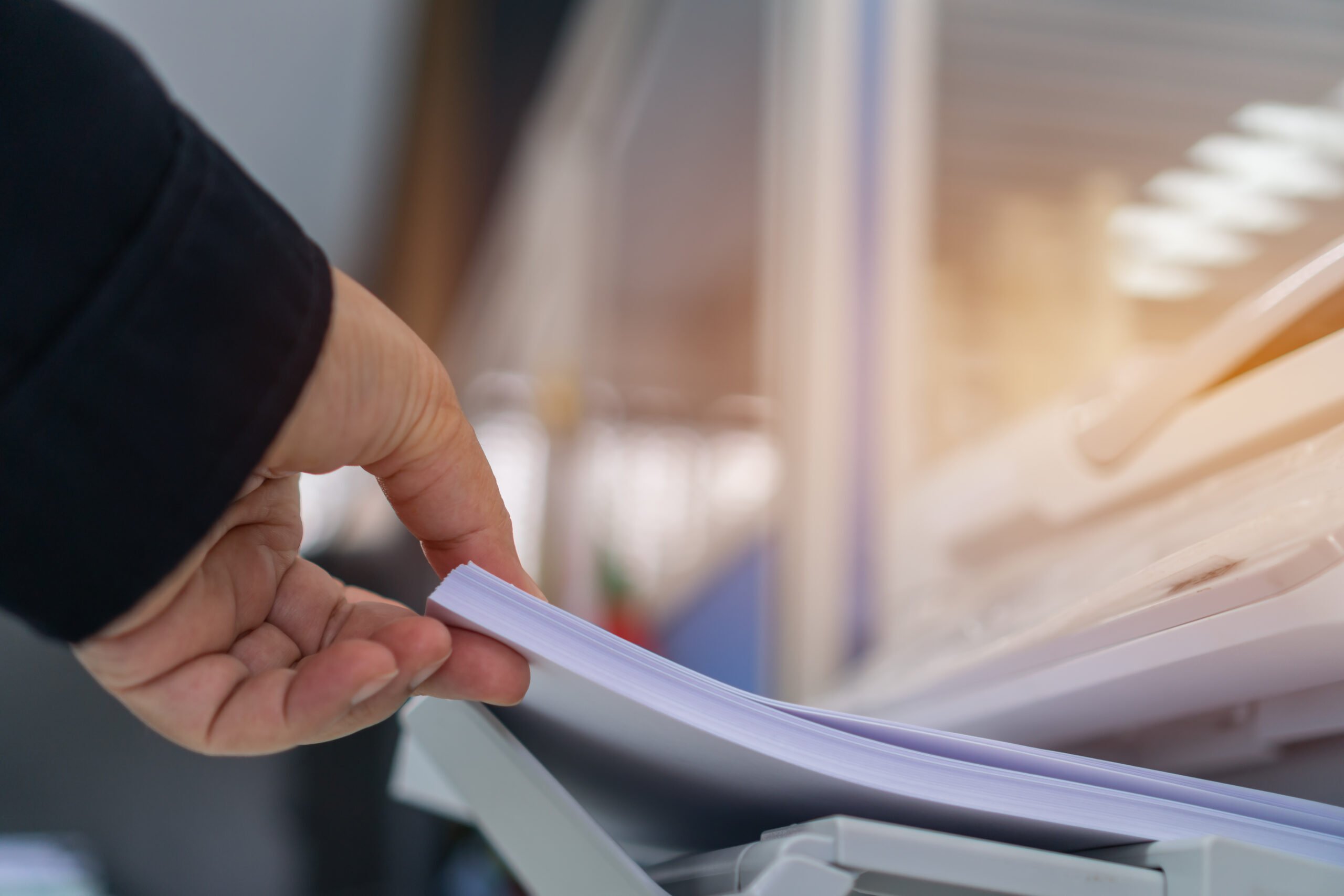

“By combining RPA and OCR, businesses can automate more of their paper-based processes, in turn, speeding up businesses processes, improving accuracy of data capture and extraction, enhancing efficiency and freeing up human time to focus on more strategic or customer-facing work.”
Bernice Hynard, Print solutions manager, Tarsus Distribution
Bernice Hynard, Print solutions manager, Tarsus Distribution
Digitising paper and automating processes to save time and money
In a competitive world where time is money and customers expect instant service, businesses of all sizes are embracing intelligent automation. Software robots, artificial intelligence (AI) and machine learning all have a key role to play in helping businesses to drive efficiency and improve the customer experience. The pairing of robotic process automation (RPA) and optical character recognition is a case in point.
By combining RPA and OCR, businesses can automate more of their paper-based processes, in turn, speeding up businesses processes, improving accuracy of data capture and extraction, enhancing efficiency and freeing up human time to focus on more strategic or customer-facing work. Let’s look at the technologies and how they work together.
OCR uses machine vision—a type of AI—to extract text from image-based documents, such as PDFs or scanned invoices. It converts the text into structured data that can be used to populate a database or into editable text. This makes the process of capturing data from invoices, waybills, application forms, CVs, orders and other paper documents much faster and more efficient.
Today’s best OCR solutions can read handwritten documents—even with issues such as low quality or bad contrast—with ever-increasing accuracy, in addition to machine-generated prints. They also use machine learning to constantly improve precision. For OCR to be at its best, companies need to invest in a high-quality scanning solution to ensure that data on paper is scanned accurately every time.
RPA uses software ‘robots’ to carry out repetitive, rules-driven back-office tasks and processes. The robots interact with applications and information sources in much the same way as human workers do. Some of the tasks RPA can handle include populating a field in a database, re-entering data, or generating an automated email.
When combined, OCR and RPA can automate a range of business processes, from the extraction of the data from the document to capturing it in a business system, where it can be used to drive an automated business process. An example might be using OCR to extract data such as VAT number, company name and registration number, and purchasing information from an invoice. RPA could be used to transfer that data directly to the accounting or ERP system for automatic processing without human involvement.
Research from Kodak Alaris shows that 72% of organisations say scanning paper is still the most important part of their information capture strategy, while 70% understand that intelligent capture needs to be a key element in their digital transformation strategy. Against this backdrop, OCR and RPA have a key role to play in digitalisation of paper-based processes.
When combined, the two technologies allow businesses to not only digitise paper and extract structured data from unstructured documents, but to also remove manual steps from more of their business processes. OCR and RPA enable enterprises to automate end-to-end processes at massive scale, translating into significant cost-savings as well as better customer experiences.

© Copyright 2024 Tarsus Distribution